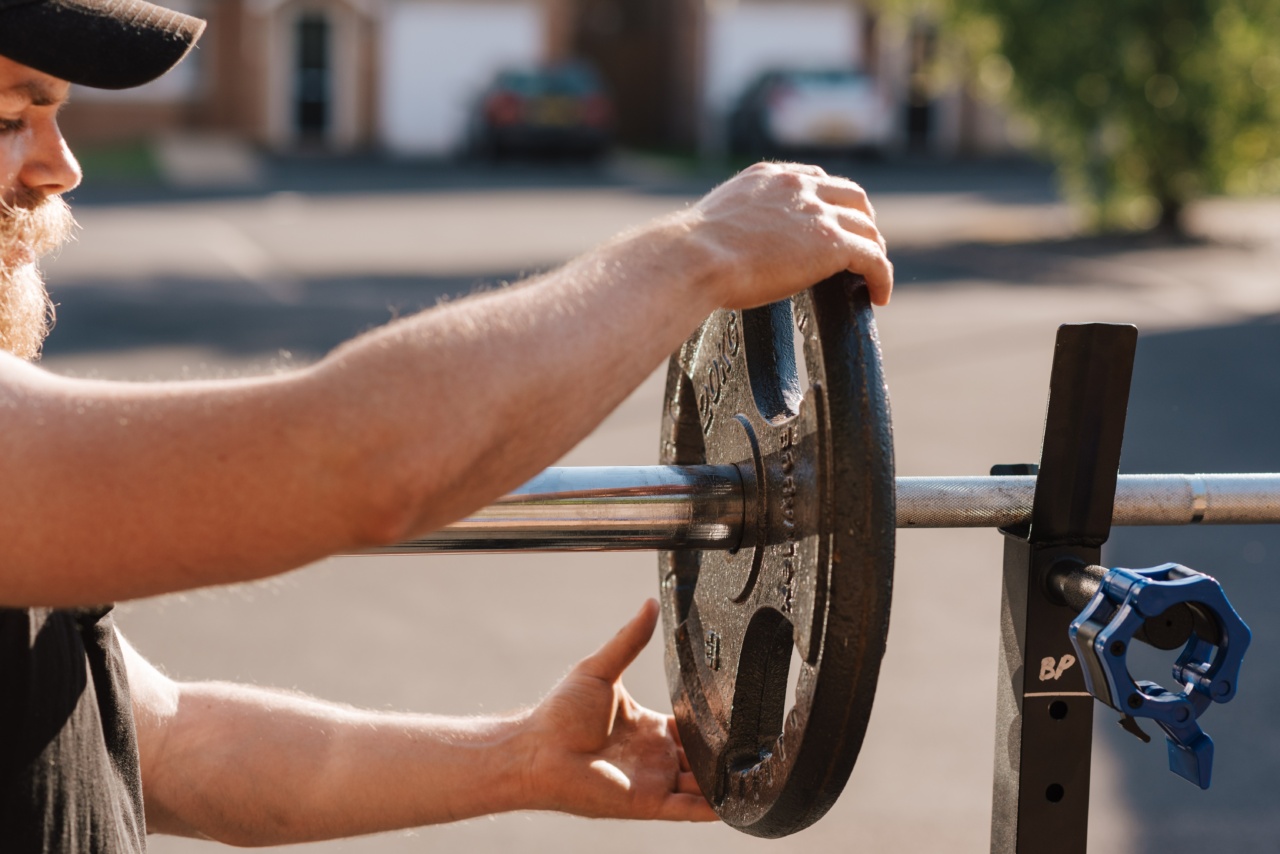Weightlifting is a popular form of exercise that helps build muscle strength and improve overall fitness. However, it is also associated with certain risks, including the potential for intervertebral disc herniation.
Understanding this condition and taking appropriate precautions can help weightlifters reduce their risk of injury and enjoy the benefits of this challenging workout.
What is Intervertebral Disc Herniation?
Intervertebral disc herniation, commonly known as a slipped disc or herniated disc, occurs when the soft inner core of a spinal disc protrudes through the tougher outer layer.
This can happen due to excessive pressure, repetitive movements, or twisting motions. The herniated disc can press on nearby nerves, causing pain, tingling, or weakness in the affected area.
How Does Weightlifting Affect the Spine?
Weightlifting places a significant amount of stress on the spine, especially when performing exercises like deadlifts, squats, and overhead presses.
These movements involve heavy loads and require proper technique and form to safeguard the spinal structures. Poor technique, lifting too much weight, or inadequate warm-up can increase the risk of disc herniation.
Common Causes of Intervertebral Disc Herniation in Weightlifting
There are several factors that contribute to the development of intervertebral disc herniation in weightlifters. These include:.
- Lifting weights that are too heavy for your current strength level
- Performing exercises with incorrect form or technique
- Not giving your body enough recovery time between workouts
- Performing repetitive movements without proper variation
- Ignoring warning signs, such as back pain or discomfort
Preventing Intervertebral Disc Herniation in Weightlifting
While weightlifting has its risks, there are several steps you can take to prevent intervertebral disc herniation and ensure a safe workout experience:.
- Warm-up: Always start your weightlifting session with a thorough warm-up. This will help prepare your muscles, joints, and spine for the upcoming workout.
- Proper Technique: Learn the correct form and technique for each exercise. Consider working with a qualified trainer or coach to ensure you are lifting in the safest and most effective manner.
- Progress Gradually: Gradually increase the weight and intensity of your workouts over time. Avoid the temptation to lift too heavy too soon, as this increases the risk of injury.
- Listen to Your Body: Pay attention to any pain or discomfort during your weightlifting sessions. If something doesn’t feel right, stop the exercise and seek guidance from a healthcare professional.
- Include Variation: Incorporate a variety of exercises into your weightlifting routine. This helps distribute the load across different muscle groups and reduces the strain on specific areas of the spine.
- Rest and Recovery: Allow your body enough time to recover between weightlifting sessions. This helps prevent overuse injuries and gives your spinal discs the opportunity to repair.
Treating Intervertebral Disc Herniation
If you experience symptoms of intervertebral disc herniation, it is crucial to seek medical advice. Treatment options may include:.
- Rest and modified activity
- Physical therapy to strengthen the surrounding muscles and improve flexibility
- Pain medication or anti-inflammatory drugs
- Epidural steroid injections to reduce inflammation and pain
- Surgery (in severe cases where conservative methods do not provide relief)
Conclusion
Weightlifting is a challenging and rewarding form of exercise, but it is important to be aware of the potential risks.
By understanding intervertebral disc herniation and following proper weightlifting techniques, you can minimize the chances of developing this condition. Remember to prioritize your safety, listen to your body, and seek professional guidance when needed. With the right precautions, weightlifting can be an excellent way to improve your strength and overall fitness.



























